Sometimes grizzly bears are portrayed as aggressive predators. Nothing could be further from the truth. These giants of the forest tend to be solitary animals, except for females and their cubs. They congregate at times, where there is a large food supply. The average life span of a grizzly bear is about 25 years. They can range from five to eight feet tall and weigh as much as 800 pounds.
Grizzly Bear Habitats
The grizzly bear is a subspecies of the brown bear. They are found in Canadian provinces of Yukon, Alberta, British Columbia and the Northwest Territories. In the U.S., they are usually in Alaska, Idaho, Wyoming, Washington and Montana. They stay mainly inland, away from large bodies of water. They prefer to live in forests and scrubbed areas.
Diet
Grizzlies are omnivores, which means they eat both plants and animals. They eat blueberries, bearberries, roots and bulbs of plants, and white bark pine nuts. They will also prey on moose, elk and mountain goats. They eat mice and other ground rodents. A major food source are the army cutworm moths. In Yellowstone, during the summer time, these moths congregate at high altitudes on sub-alpine plants. Grizzlies will climb up to consume 10,000 to 20,000 of these per day.
In the summer in Alaska, grizzlies congregate at favorite fishing spots were salmon are swimming upstream. Salmon are a great source of fat that the bears store in their bodies to make it through the cold winters.
Interesting Habits and Behaviors

Grizzly bears spend the spring and summer months eating in preparation for the hibernation period during the winter. For three to six months during winter, they enter dens and hibernate. During hibernation periods, they do not eat, drink, urinate or defecate. Their heart and respiration rates decrease during this time. If they are disturbed during this time, they can become very aggressive. When preparing for hibernation, grizzly bears will consume excessive amounts of food and can gain up to three pounds in body weight per day.
Even though, the bears are very large, they can move at speeds of up to 30 miles per hour. It is a good idea not to try to out run them. They typically do not want to be around humans. They can smell food from miles away though and will be interested. They will attack humans if they are startled or if a human comes near their cubs.
Reproduction
Grizzlies have a very slow reproduction cycle. Females do not reproduce until they are four to five years old. An unusual trait of the bears is that they mate between May and July. However, the female’s egg implantation in the uterus is delayed until October or November. One trick of nature is that, if the female has not gained enough fat to survive the winter and raise cubs, the implantation of the eggs will not occur. Gestation period for the grizzly is from 180 to 270 days. (this includes delayed implantation)
The mother bears raise the cubs for two to three years. The males are not a part of this process. Males can be dangerous to the cubs, in fact. A pregnancy will typically produce two to three cubs.
Grizzlies Contribution to the Ecosystem
Grizzly bears have an important role in the ecosystem of the forest. They are seed dispensers and nutrient providers. Berry seeds move through the bear’s body unbroken and are germinated. The seeds are deposited back onto the ground, and come complete with their own manure as fertilizer.
The bears increase the amount of nitrogen by soil disturbance and through salmon carcass dispersal. The regulate prey populations and help prevent ungulate overgrazing. Grizzly bears are keystone predators, serving an important role in their ecosystem.
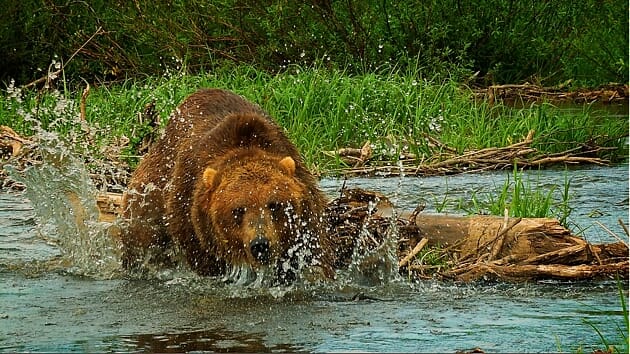
A grizzly bear splashes across a Montana creek


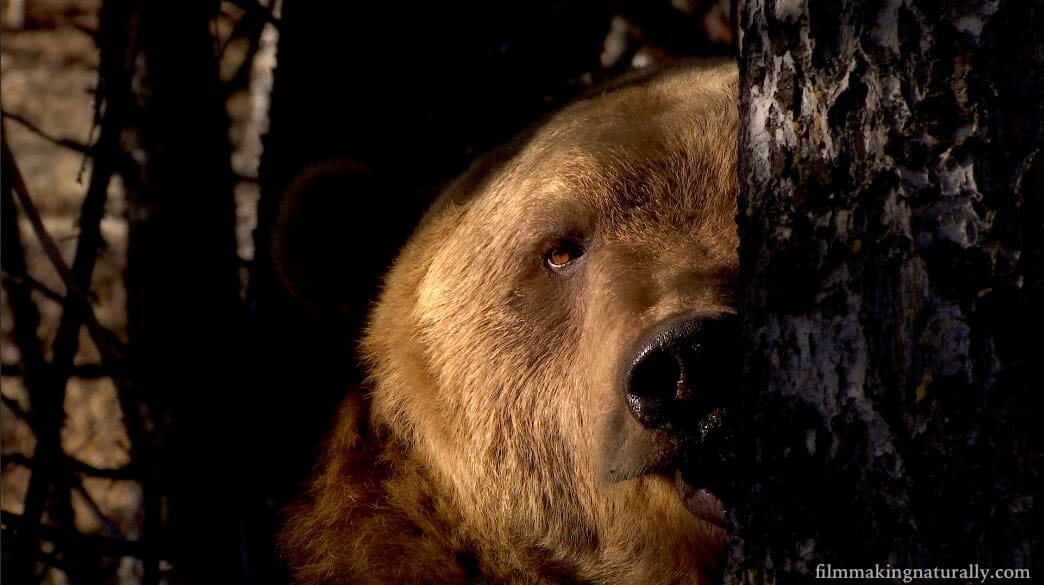
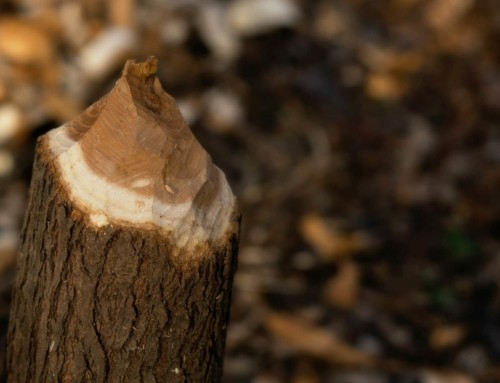


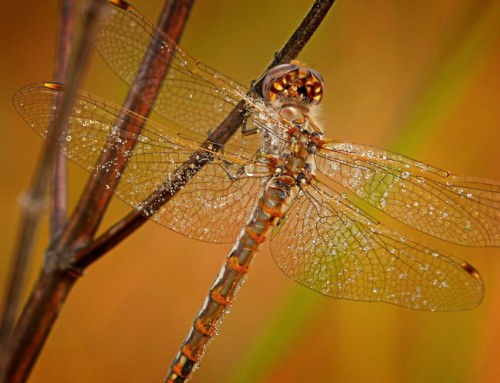
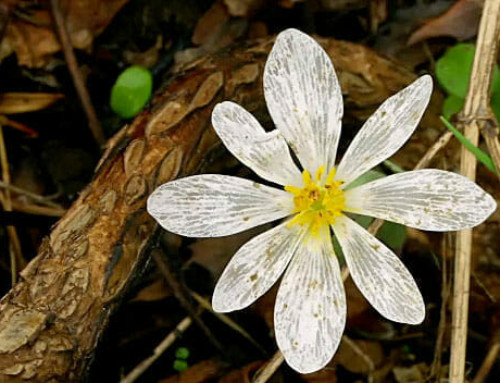
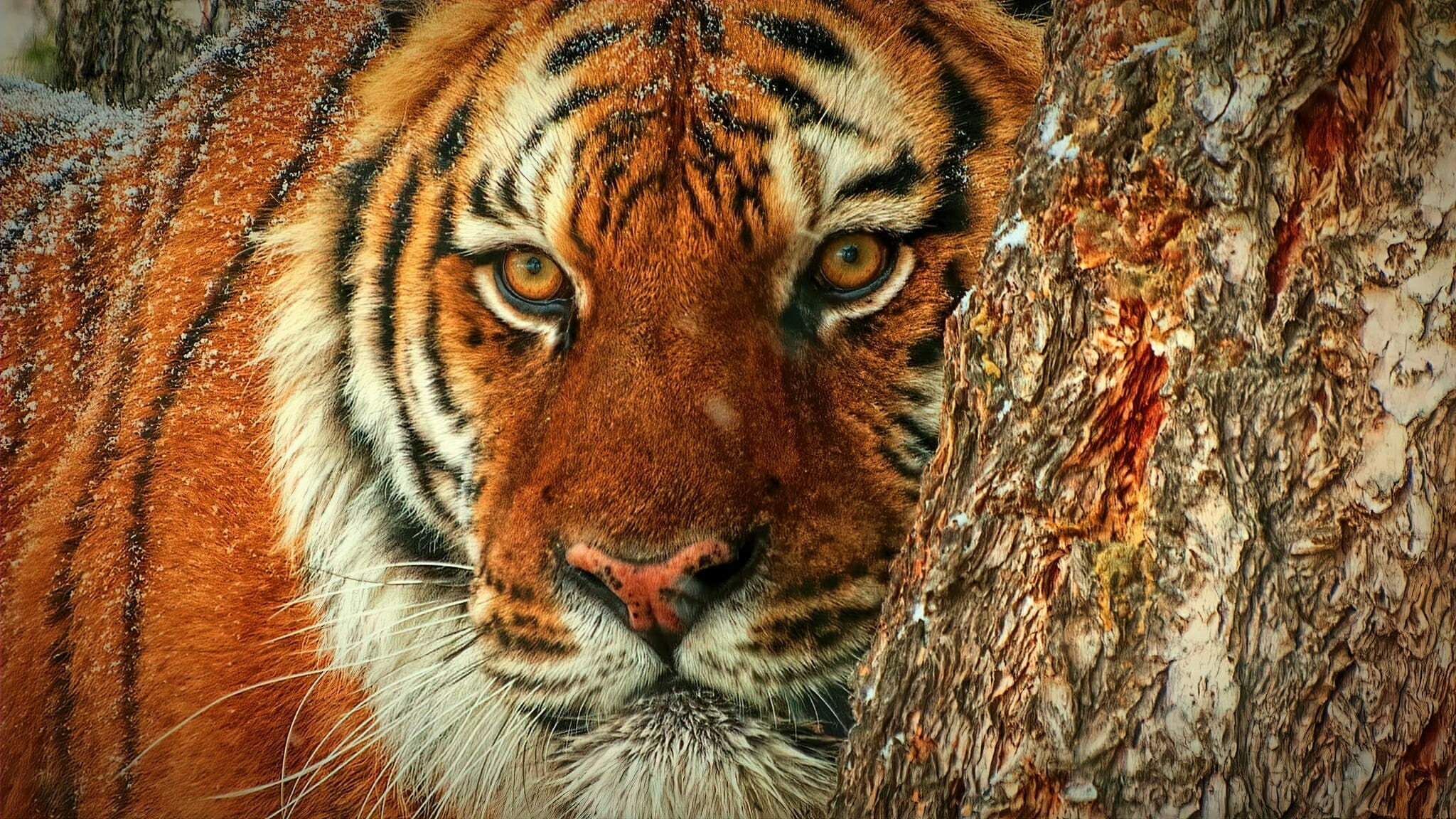
Leave A Comment
You must be logged in to post a comment.